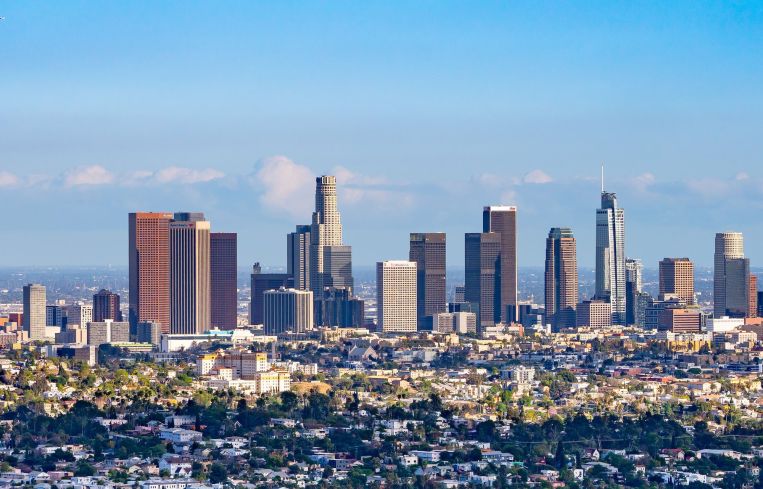LA Multifamily Occupancy and Rents Rebound, CBRE Data Show
For four straight quarters, L.A. County absorbed more apartments, while asking rents grew beyond pre-pandemic levels
By Greg Cornfield July 28, 2021 11:15 am
reprints
Los Angeles’ multifamily growth this year has provided new evidence that fears of a damaging “urban exodus” can be eased with the far-more optimistic hope of a “great return” to cities.
CBRE released data this week for assets with at least 25 units showing a positive, 12-month correlation between L.A.’s rising average rent, increasing leasing activity, and the economic recovery. For four straight quarters, L.A. County absorbed more apartments, even as asking rents grew, and those rents now surpass pre-pandemic levels.
There were more than 6,000 units leased than vacated in the second quarter this year, making it far and away the highest net absorption rate in a quarter since the start of 2019. For comparison, the same quarter last year posted negative absorption, with more than 2,000 net leases lost than gained. And, for the last quarter of 2019, when coronavirus was first reported, net absorption was over 1,000 units.
CBRE’s report shows a particularly significant reduction in Downtown L.A’s vacancy over the last 12 months, with vacancy falling 3.7 percentage points. West L.A., South Bay, San Fernando Valley and San Gabriel Valley also posted increases year over year.
At the end of June of this year, demand put L.A. County’s asking rent over $2,040, which is more than 3 percent higher than the third quarter of 2020 — the lowest point since before the start of 2019.
The national multifamily market is just as rosy for landlords and investors. A new Freddie Mac report shows that overall lending for multifamily investment is projected to break records this year.
Gregory Cornfield can be reached at gcornfield@commercialobserver.com. `


